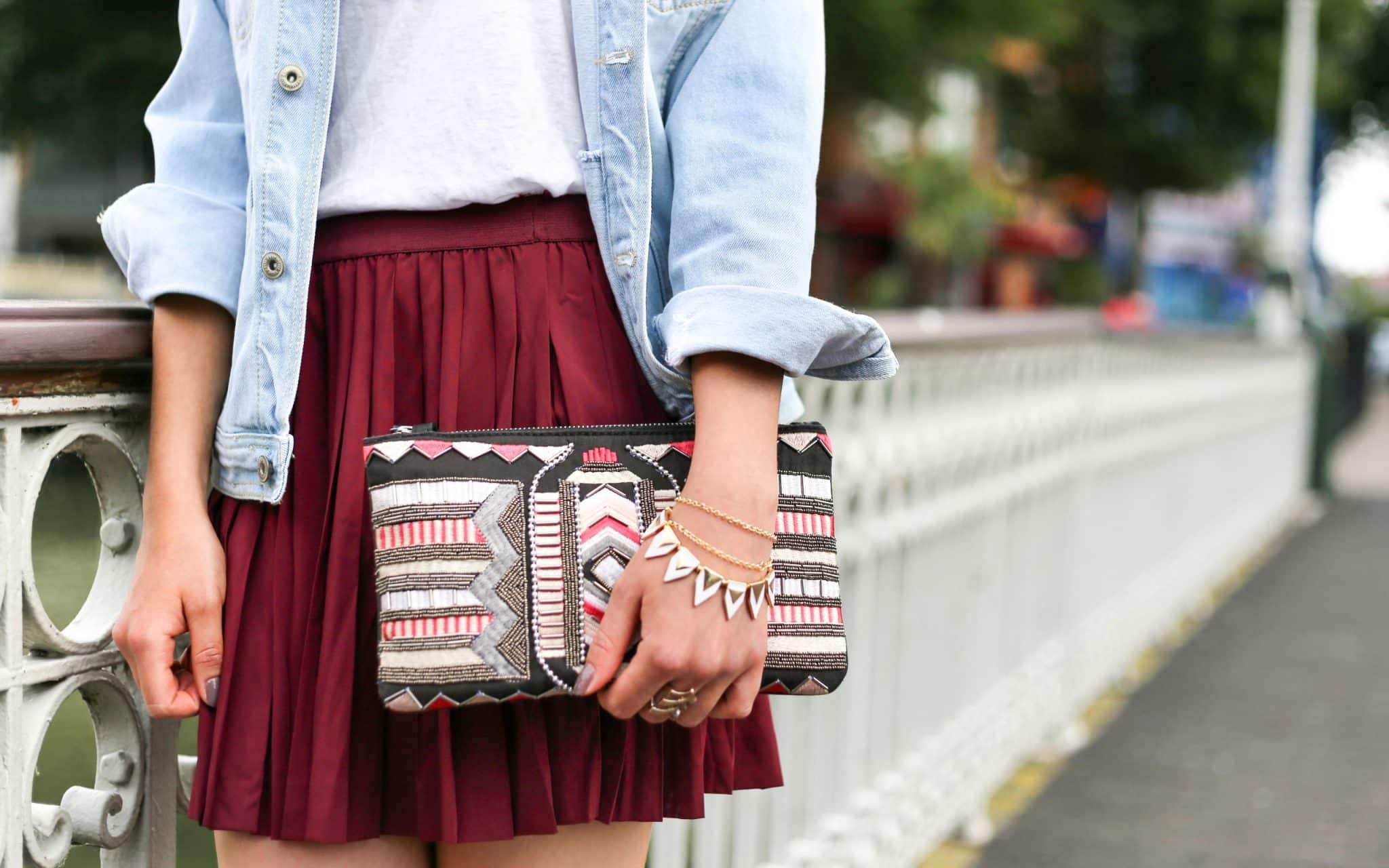Fashion Forensics: How Garment Tracing Fights Counterfeits
Welcome to the world of fashion forensics, where technology meets fashion to combat the growing problem of counterfeits in the industry. As the demand for luxury goods continues to rise, so does the issue of fake replicas flooding the market. Counterfeits not only deceive the consumers, but they also harm the legitimate brands who lose sales and reputation. But fear not, fashion forensics is here to save the day, and garment tracing is its powerful weapon. In this article, we will delve into what fashion forensics is and how garment tracing is effectively fighting counterfeits. 
What is Fashion Forensics?
Fashion forensics is a relatively new field that uses scientific and technological methods to authenticate and identify counterfeit fashion items. Just like forensic science is used in criminal investigations, fashion forensics uses various techniques to examine and analyze the authenticity of fashion products. It involves a combination of advanced technology, data analysis, and expert knowledge to determine if a product is genuine or fake.
The Impact of Counterfeits in the Fashion Industry
The problem of counterfeiting is not new, but with the growth of e-commerce, it has become even more rampant. According to the International Trademark Association, counterfeiting accounts for up to 5-7% of global trade, amounting to over $600 billion. In the fashion industry alone, it is estimated that counterfeits account for 7-10% of sales, with luxury brands being the most affected. Apart from monetary losses, counterfeits also harm brand reputation and customer trust. Not to mention the unethical and often illegal practices involved in producing and selling these replicas.
The Role of Garment Tracing in Fighting Counterfeits
What is Garment Tracing?
Garment tracing is the process of tracking a garment’s journey from the manufacturer to the end consumer. It involves labeling and recording unique identification codes for each garment, which can be used to trace its origin and authenticity. This can be done through physical labeling or digital tracking using blockchain technology. Manufacturers can also incorporate other security features, such as holograms and RFID tags, to combat counterfeiting.
How Garment Tracing Works
Garment tracing works by creating a digital fingerprint for each garment at the manufacturing stage. This fingerprint is a unique code or tag that is then recorded in a database. With this information, the garment can be easily traced as it goes through the supply chain, all the way to the end consumer. This allows brands to keep track of their products and enhances transparency for customers.
The Advantages of Garment Tracing
Garment tracing has several advantages, the most significant being its ability to fight counterfeits. With a unique traceable code for each garment, it becomes challenging for counterfeiters to replicate and sell their products as original. It also allows brands to quickly identify any products that may have been tampered with or illegally sold. Garment tracing also helps in inventory management, as it provides real-time data on stock levels and product movement throughout the supply chain. Additionally, it enhances customer trust and promotes ethical and sustainable practices in the fashion industry.
The Future of Fashion Forensics and Garment Tracing
Fashion forensics and garment tracing are constantly evolving to keep up with the ever-changing landscape of counterfeiting. As technology advances, new methods of authentication and detection are being developed. Blockchain technology, in particular, is gaining popularity for its effectiveness in verifying the authenticity of products. It provides a secure and transparent platform for recording and verifying the history of a garment, making it almost impossible to fake.
In conclusion, fashion forensics and garment tracing are major players in the fight against counterfeiting and play a crucial role in ensuring the authenticity and integrity of fashion products. With advancements in technology, we can hope for a future free of counterfeits, promoting ethical and sustainable practices in the fashion industry.










